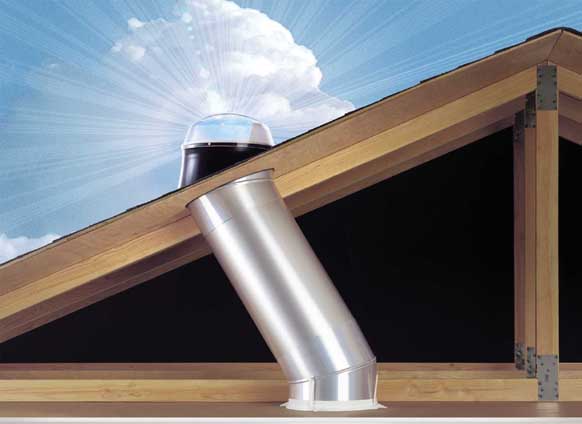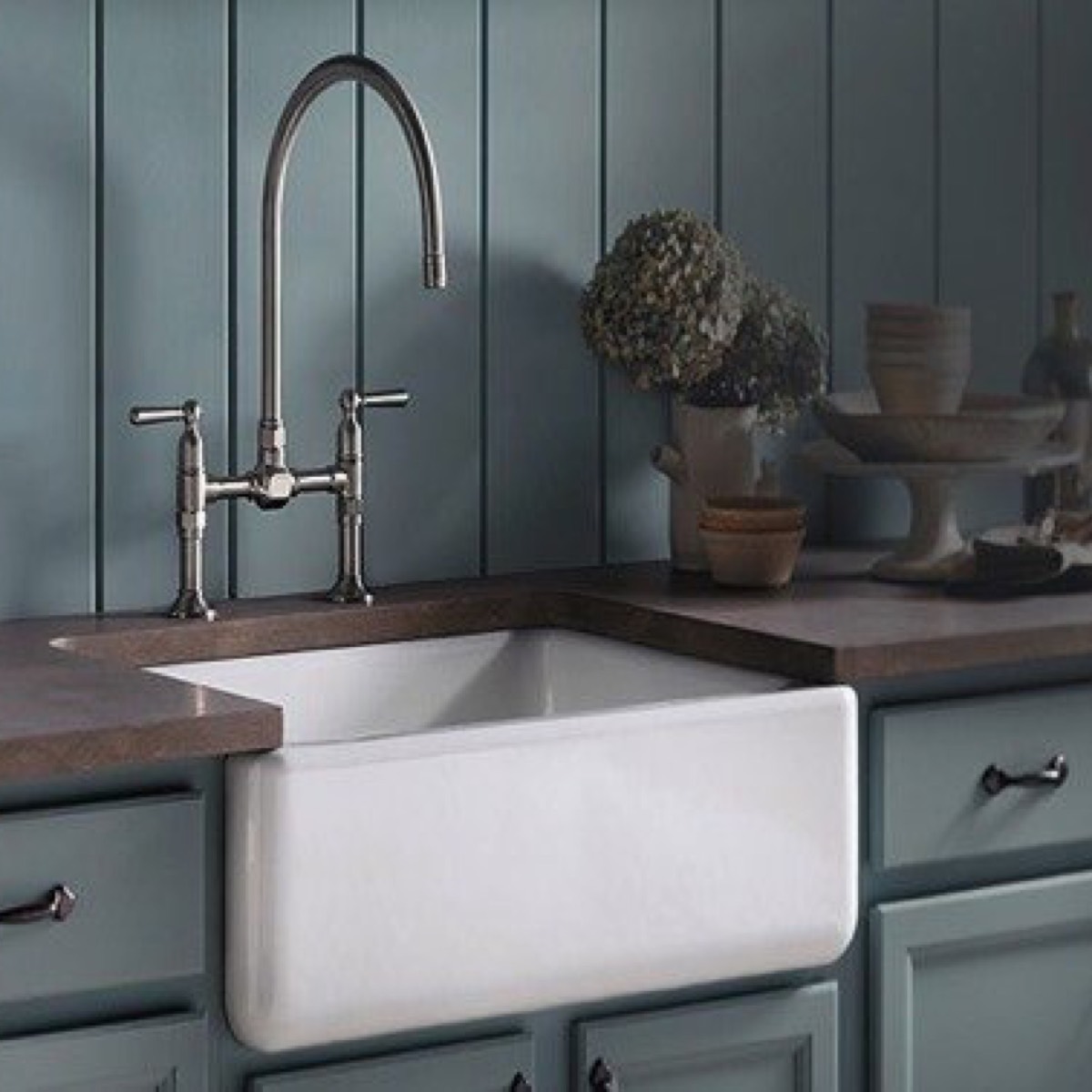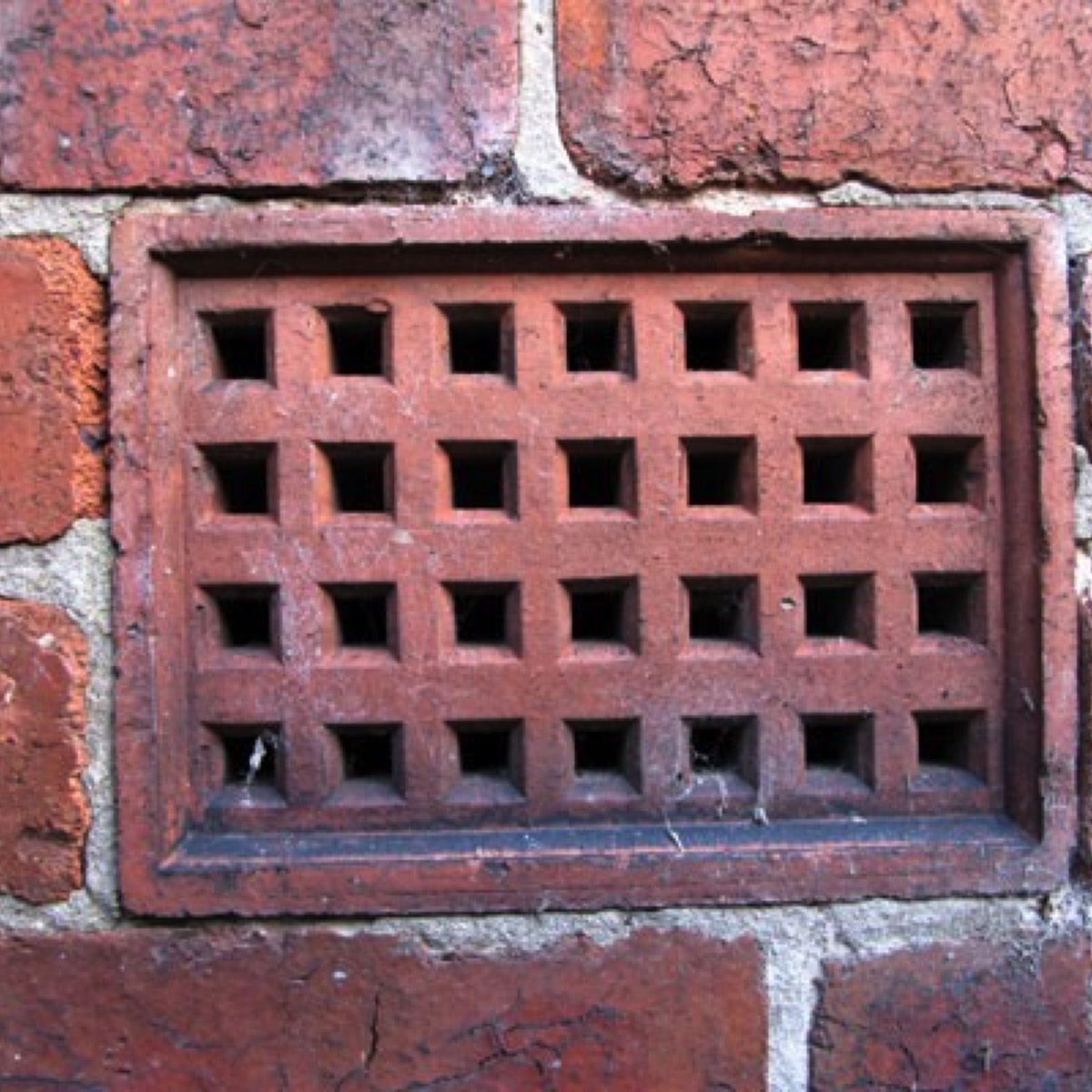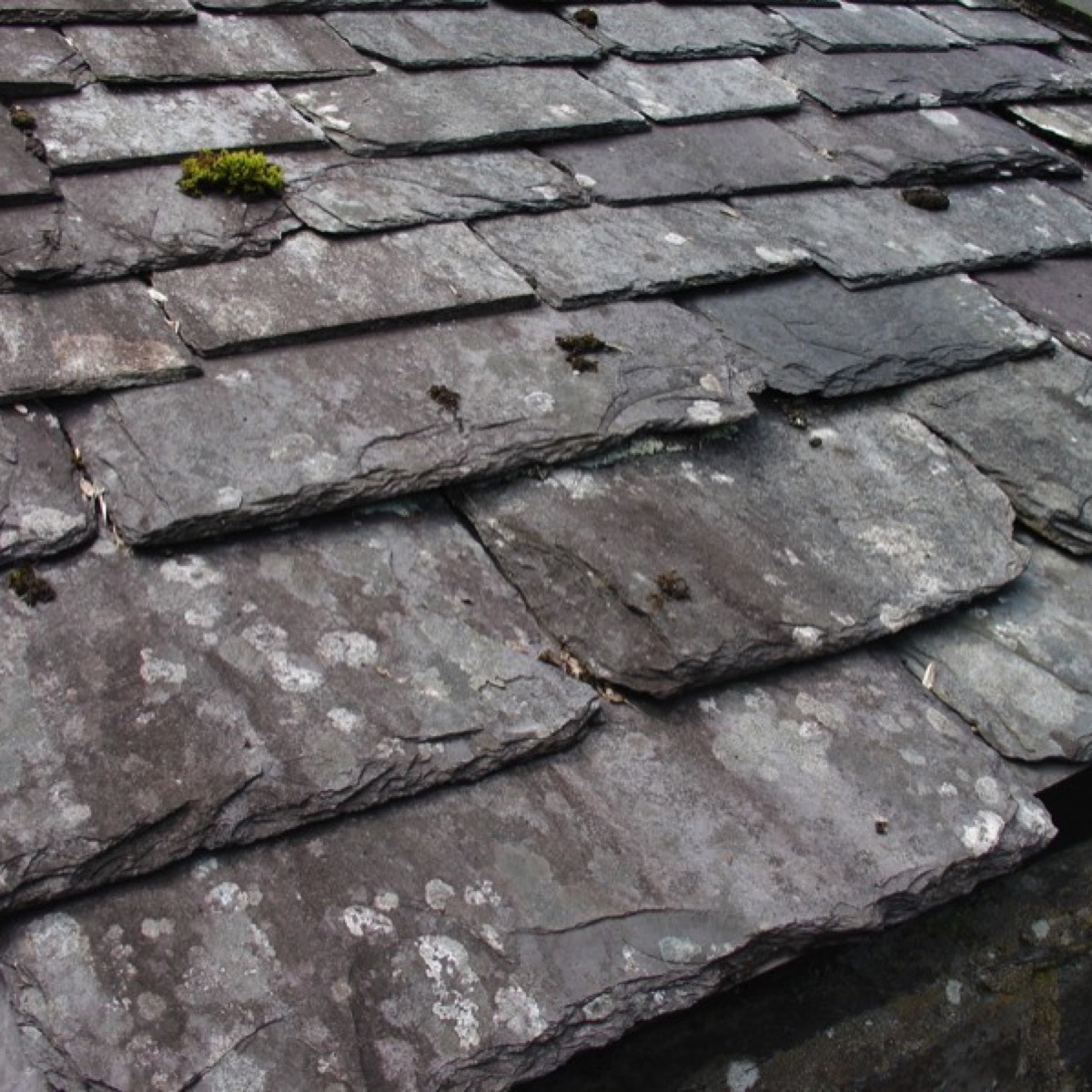Going Green

I’m fond of penguins and Black Sheep bitter so I only put the water I actually need into the kettle when I make a nice cup of tea. Considering I only actually make tea for blokes who come round to repair stuff, who charge about £50 an hour, it’s not a massive saving, certainly not enough to get me bladdered, so the ladies of the village are safe for a while yet.
However, I read one of those ridiculous Energy Performance Certificates the other day and apparently, if I change all my light bulbs to those things which look like dangling giblets, after a year or so I’ll have saved enough money to be too drunk to feel any of the effects of walking into furniture and walls because my house is so dimly lit I can’t see where I’m bloomin well going any more.
Anyway, I’ve got the green bug. I’ve grown a beard, wear a knitted jumper, I’m changing my name to Derek and in the pursuit of affording more and more of the fabulous Masham liquid, I’m slowly working my way through the following list, which I’m pleased to say starts with the cheapest options.
Simple Stuff
Close the curtains when the heating’s on at night. (see you’re already a greeny)!
Don’t leave appliances on standby. Unplug your mobile charger.
Block up fireplaces you aren’t using. A chimney flue is 9” square, its sole reason for existing is to get as much hot air as it can out of your house. If it’s open, it will be constantly doing just that, 24 hours a day. That’s hot air you are paying for of course.
I live in rural Yorkshire and have a cheery fire every night other than the middle 3 days of August which is officially designated as “Yorkshire Summertime”. Every morning, I shove a flue shaped piece of flat plastic up the chimney. The difference in room temperature when I forget to do this is alarming (It stops my central heating air, from flying up the chimney all day long you see). More alarming of course is the panic that sets in about 2 minutes after I light the fire at 5o’clock and realise I’ve forgotten to take the blessed thing out.
Turn off “ordinary” lights when not in use. Don’t keep turning low energy ones on and off all the time though, they use more energy to “warm up” than they save.
Use the lowest temperature washing machine cycle that will actually get clothes clean and “half load” when possible. This is my wife’s contribution, that and making me take all her empty bottles of Blue Nun (black label) to the recycling bin under cover of darkness, so the ladies of the village aren’t truly appalled at her consumption levels.
Turn your central heating down to minimum 21º for living rooms, less for bedrooms and your hot water to 60º. Turn your heating off an hour before you go to bed. Better still watch telly in bed and turn it off at 7 o’clock!
Seal up windows you don’t use.
Fit extra insulation to your hot water cylinder.
Right….that lot cost you precisely £20 and might save £90 a year.
Now if you just said “that’s not much”, I’ll tell you what, get £90 cash back the next time you go to the co-op and just hand it over to the chap selling the Big Issue. No…I thought not, £90 is £90!
If you’ve got really excited by all this planet saving and you have a few quid to spare, you might like to have a go at the next little processes.
To be helpful I have included some installation guide prices and sometimes even guide prices to how much cash you might save. This all depends on too many variables to be very accurate of course but hey ho!
I have also included websites you can visit and some are commercial ones, that doesn’t mean we either recommend them or otherwise, they are simply a starting point for you.
There are grants to be had, have a look at
http://www.lowcarbonbuildings.org.uk/home/
There may local authority restrictions on just what you can actually put up in your back garden or roof. We suggest you give your local planning bods a ring.
SO
More Expensive Measures
What central heating controls have you got?
Ideally, you should have a time clock or programmer, thermostatic valves on all but one radiator, a hot water cylinder stat. (if you have a cylinder) and a room stat.
To fit all these would cost about £550 and the saving about £200 per annum
Make sure your loft has 12” of insulation in it.
Never mind the government 10” guideline, no other measure you take will have such an obvious and immediate affect. Suddenly you will be warm!
To fit this, costs about £350 and you can save about £175 a year.
Insulation (and draught eradication) is actually the key to energy conservation. You can have the finest heating system on the planet but if the hot air is flying out through the fabric of your house as fast as you’re putting it in, what’s the point?
Serious Money Improvements
Unfortunately, these next measures are where most people who are just acting on a whim say “Enough is enough”. Saving £400 a year is all well and good but if you have to take out a mortgage to do it……..
So, unless you are seriously committed, go no further BUT you might want to discover what some of the more expensive measures are. You may have heard of some of them but unless you are a serious techie. you won’t actually know much about them
Double glazing
You’ve probably already got double glazing and already know it takes 20 years to recoup it’s cost in fuel saved. So if you’ve got it, good but don’t fit new for fuel efficiency reasons alone. If it’s tied in with getting rid of those awful 70’s rotten wooden windows you just can’t stand any longer, then go for it.
You know how much it costs to install! But it only saves you about £150 per annum
Cavity wall insulation
First you need cavity walls of course and if your house was built after the 1930’s then you will. Make sure there is no insulation already installed first though and some stone clad cavity walls don’t lend themselves to the process. One of several types of insulation material are injected into the cavity from outside and you start saving money from then on.
Fitting is cheap at the moment because the process is subsidised by the national energy companies, about £150, saving per year about £250
Condensing boiler
A condensing boiler is capable of much higher efficiencies than your existing one, meaning it will burn less fuel to heat your property. Apart from exceptional circumstances, any new boiler fitted today is required by law to be “condensing”.
Fitting a gas condensing boiler will be around £1000, annual saving about £300.
Fan assisted storage heaters (not everyone has central heating you know)
Modern storage heaters are more compact and easier to control than the older type. New, fan assisted heaters have automatic charge control and can provide a heat boost during the day.
Replacing your old ones about £1500. Annual saving is about £275
Internal or external wall insulation
Older house without cavities can have their perimeter walls insulated but it’s a heck of a process.
When fixed externally, sheets of insulation are fixed all round, then hidden from view with either cement render or a cladding of some sort, (tiles, PVCu).
If fitted internally, the same happens and then they are plastered over but everything has to come out first. Skirtings, electrical sockets, radiators, bathrooms, kitchens, you name it AND your rooms get smaller as a result.
External fitting is expensive, Internal fitting prohibitively expensive. The annual saving can be as high as £650.
www.nationalinsulationassociation.org.uk
RENEWABLES
Unlike the previous stuff, the following systems produce heat from renewable sources and therefore you may be able to take advantage of a scheme called the Renewable Heat Incentive
This is a payment to you for generating heat from renewable sources. It is set by government but administered by the official regulator Ofgem on sales of fossil heating fuels and is collected by the suppliers of these fuels.
www.rhincentive.co.uk
www.retariffs.co.uk
Solar water heating
A solar water heating panel, usually fixed to the roof, uses the sun to preheat your hot water. This will significantly reduce the demand on your heating system and hence save fuel and money.
A typical installation will be around £3,000 and will save you about half your annual water heating bill… say £75
http://www.nef.org.uk/renewableenergy/solar.htm
http://www.solar-trade.org.uk/
Photovoltaics
Known commonly as just PV in the industry, they are the large flat, usually black glass panels that go on roofs to convert sunlight into electricity. They should not be confused with the solar panels described above which “simply” warm your water up.
PV cells come in a variety of shapes and colours, from roof and wall mounting panels to grey "solar tiles" that can look like roof slates. There are even panels available with the solar cells spaced apart to allow some sunshine through for conservatory roofing, for example.
The technology behind them is improving at an impressive rate allowing them to become more and more efficient and effective at generating electricity regardless of what you might think about the UK weather!
A typical system will cost about £6000 and will save about half of your annual electricity bill…say £400
http://www.nef.org.uk/renewableenergy/solar.htm
Wind Power
Wind turbines use blades to catch the wind. When the wind blows the blades are forced round, driving a generator which produces electricity. The stronger the wind, the more electricity is produced. In fact, the output varies in relation to the cube of the wind-speed, so wind turbines are very much more effective in higher wind locations.
The most effective domestic-sized wind turbines are mast mounted units. These are free standing machines, typically 2.5kW to 6kW, which are usually erected on 10 to 25-metre masts in suitably exposed positions. Larger designs also exist all the way up to 3-5 megawatts.
Roof mounted designs around 1kW to 2kW have also been developed to be installed on homes where there is a suitable wind resource.
A good (mast) system will be connected to the “national grid” which is important as it allows electricity to be ‘exported’ when your system produces more electricity than you need.
The exported surplus electricity is sold back to the grid at 3p/kwh under the Feed-In Tariffs scheme.
Wind Energy Conversion Systems up to 1kW will cost around £1500. This is the one fitted to your garage roof for instance. Larger (mast) systems in the region of 2.5kW to 6kW can cost £11,000 - £19,000 installed.
A small 1kW unit is a toy in comparison but it will save you around £200 per year.
The saving with a “full monty” generator can quite literally be your total annual electricity bill but it’s better than that. Depending on how much electricity you use and how much your unit produces you could actually earn money via the Feed –In scheme.
http://www.nef.org.uk/renewableenergy/wind.htm
Heat Pumps
What is truly amazing about this system is its ability to extract heat from sources which we do not generally regard as even remotely “hot”.
In Scandinavia, a “water source” domestic system can provide 100% of the energy necessary to completely heat both the house and supply its hot water. That’s from a stream in a Scandinavian winter! The only “outside” fuel necessary, is the electricity required to operate the pump.
Think of them as working like fridges…only in reverse. Each takes heat from a source (the ground, the air or the water) and pumps it into your existing radiator or underfloor heating system. Your boiler can be thrown away!
Most models use one of three alternative sources of heat:
- Ground Source needs enough ground area accessible to digging machinery for a trench to be dug. The length of the ground loop depends on the size of your home and the amount of heat you need - longer loops can draw more heat. The loop can be laid flat, or coiled, in trenches about two metres deep. Aternatively you can drill vertical boreholes up to 150 metres deep and install vertical loops. These take up far less surface area.
A trench system will cost around £7000 with the same savings.
http://www.gshp.org.uk/
http://www.nef.org.uk/renewableenergy/geothermal.htm
Air Source Heat Pumps need a place outside your house where a unit can be fitted to a wall or placed on the ground. It will need plenty of space around it to get a good flow of air. They aren’t as efficient as ground or water types but can be reversed to cool the house in summer.
Water Source Heat Pumps are less widely used because they need a lake, stream or large pond. They can either use a closed loop with a heat exchanger in the water or ‘open loop’ where the water itself is drawn through the heat pump.
Ground and watersource pumps also need space indoors, (for example in a garage) This is for the heat pump and associated equipment which is typically as large as a vertical upright double fridge.
Each heat pump system uses electricity to extract the heat, but delivers typically 2½ to 4 kW of heat for every kW of electricity used. If you are really committed however, why not fit PV panels (remember them), and even solar panels to work in tandem with the system. Correctly designed, your system could provide every bit of heat and hot water you require, ABSOLUTELY FREE. (as they say in the adverts).
Anaerobic digestion (AD)
This is a way of producing biogas from various biomass sources, such as the bits of energy crops which aren’t used for food, farmyard residues, (there must be a shorter version of this phrase) or food waste. In addition to producing biogas, the process also leaves a solid residue, which is a form of bio-fertiliser.
AD can be used for combined heat and power or even be fed into the natural gas grid as biomethane.
It’s probably a bit beyond most if us, you really need a herd of cows or the grass cuttings from several Wembley stadiums (or is it stadia)?
Biomass Boilers
“Industrial” biomass boilers burn wood, masses of it, almost as fast as it can be grown. Willow is good but you need a constantly replenished plantation of the stuff. Or, you can burn the biogas you have just extracted from your herd of cows in your anaerobic digestion unit. Either way, if you live in Neasden, forget it!
Essentially you have to be really dedicated to reducing CO² levels because you probably don’t have a “free” sustainable fuel source and a boiler can cost £8000 to install. However it will burn wood pellets, logs or chips, some of which should be available to you.
In contrast to conventional fuels (oil, gas and coal), biomass forms quickly and absorbs as much CO² during its formation as it emits during combustion, this leads to biomass having the potential to be a very low-carbon sustainable fuel.
http://www.nef.org.uk/renewableenergy/biomass.htm
Now then, I’m off to have a look at “ice shelf cam.” to see if those penguins are still around.
For all job costs click on the appropriate section below:
www.buildingsheriff.com
Copyright The Building Sheriff Ltd 2017


